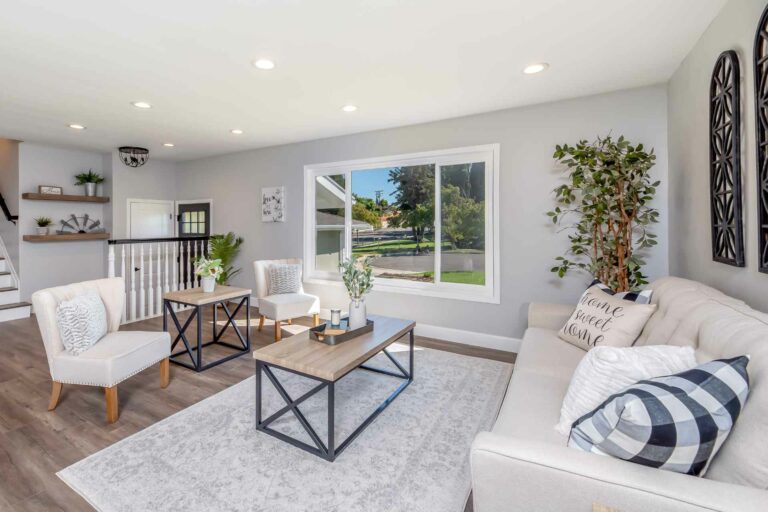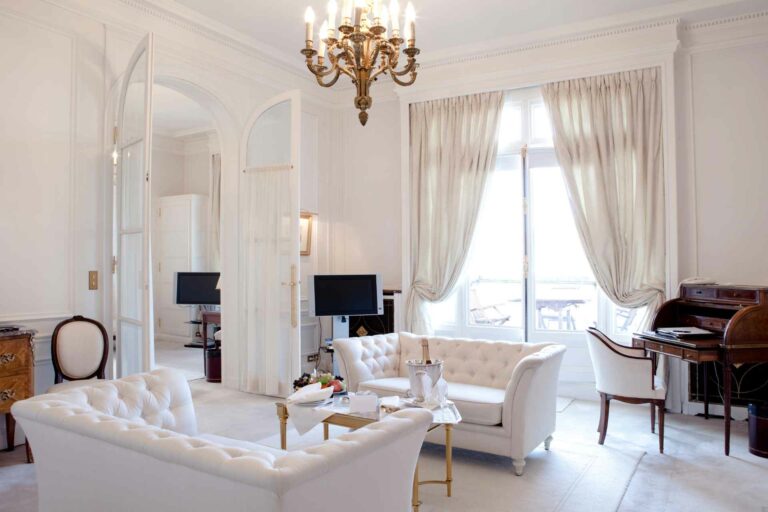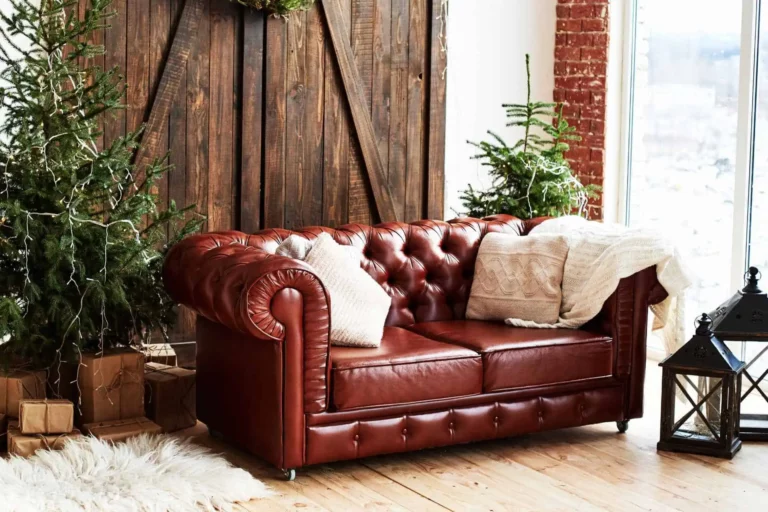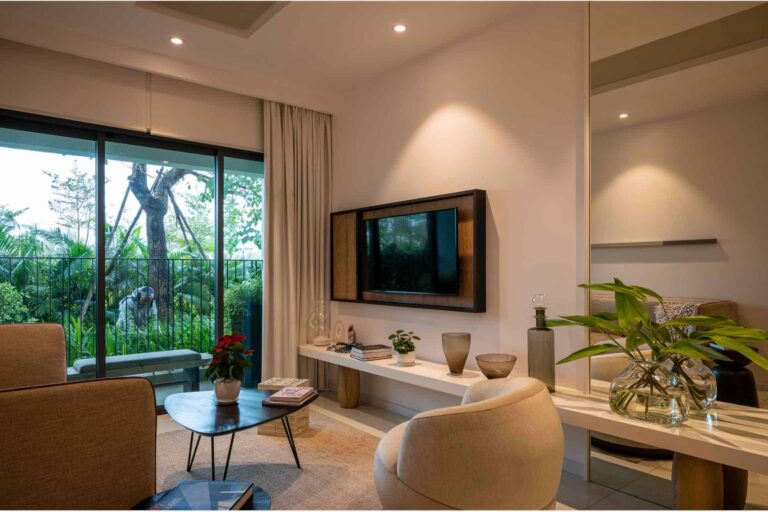Maximizing Space: Furniture Placement in a Small Living Room
Maximizing space is a critical consideration when it comes to furniture placement in a small living room. A small living room, often defined as a space that is under 200 square feet, presents unique challenges in terms of arranging furniture to create a functional, welcoming, and aesthetically pleasing environment. The aim is to make the room appear larger than it is while ensuring it serves its purpose effectively. This guide will explore various strategies and considerations that can aid in optimizing the use of space in a small living room, specifically focusing on strategic furniture placement.
Understanding the Basics
Before diving into furniture choices and arrangements, it is crucial to understand the basics of designing a small living room. One fundamental rule in designing any space, but particularly a small one, is the importance of measuring before purchasing furniture. It can be tempting to buy oversized pieces or fall in love with a statement piece that ultimately takes up too much space. Therefore, taking measurements beforehand can help in selecting furniture that is the right scale for the room.
Furniture Placement in a Small Living Room
With the basics in mind, let’s delve into some specific strategies for furniture placement in a small living room.
Utilizing Multipurpose Furniture
Multipurpose furniture is a game-changer in small living rooms. These smart pieces serve double duty, offering the functionality of two or more regular furniture items, thereby saving valuable space.
- Storage Ottomans: An ottoman can serve as a footrest, a coffee table, and a storage unit. Use it to store throw blankets, remotes, or even board games.
- Sofa Beds: These are perfect for those who do not have a guest room but occasionally need to accommodate overnight guests. During the day, it’s a comfortable couch; at night, it transforms into a cozy bed.
- Nesting Tables: These consist of smaller tables that can be tucked under a larger one when not in use. Pull them out when you need extra surface space for guests.
- Bookcase Room Divider: This not only provides storage for books, decor, and more but can also help define spaces in an open-concept living area.
Utilizing Vertical Space

Maximizing the use of vertical space is another strategic approach to make a small living room feel larger and more functional. Wall-mounted shelves are an excellent way to display books, photos, and decor without taking up valuable floor space. A tall, narrow bookcase can serve a similar purpose, drawing the eye upward and creating an illusion of height. Hanging your television on the wall instead of placing it on a stand can also free up considerable space. Don’t forget the corners—corner shelves or tall lamps can fill these often-overlooked spaces nicely.
Create zones
In a small living room, it’s essential to create distinct zones for different purposes. This helps prevent the space from feeling cluttered and disorganized. One way to do this is by using furniture placement to divide the room into smaller areas. For example, placing a sofa with its back facing the rest of the room can help define a conversation or lounging area. On the other hand, positioning a table and chairs in a corner can create a designated dining space.
Another way to create zones is by using different lighting sources. This not only adds variety and depth to the room but also serves functional purposes. For instance, placing an accent lamp on a side table next to a reading chair creates a cozy reading nook within the larger living area. Similarly, installing pendant lights above a dining table defines the eating area and provides more focused lighting for meals.
Incorporate mirrored surfaces
Mirrors are a powerful tool in small spaces as they reflect light and create the illusion of more space. Consider incorporating mirrored surfaces into your living room design, such as a large mirror on one wall or mirrored furniture pieces. Positioning a mirror across from a window can also help bounce natural light throughout the room, making it feel brighter and more spacious.
When using mirrors, it’s essential to be conscious of what they’re reflecting. For example, positioning a mirror in front of an unattractive view will only amplify the eyesore. Instead, try to place mirrors in strategic locations that reflect light and visually expand the room.
Choose lightweight furniture
In a small living room, bulky and heavy furniture can quickly make the space feel cramped. To combat this issue, opt for lightweight furniture pieces that are visually less imposing. For example, instead of a large, chunky coffee table, consider using a smaller one with slender legs. Or replace an oversized sofa with a sleeker loveseat or armchair.
Along with being visually less imposing, lightweight furniture is also easier to move and rearrange, allowing for more flexibility in the layout of your living room. Look for pieces made from materials like acrylic or Lucite, which are transparent and visually take up less space.
Strategic Furniture Arrangement
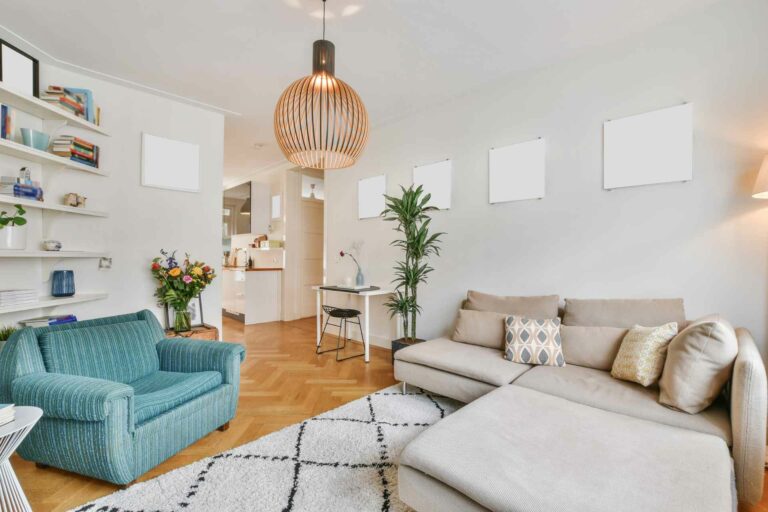
The way you arrange your furniture can make a significant impact on the perceived size of your living room. A common mistake in small spaces is pushing all the furniture against the walls, which can make the space feel even smaller. Instead, try floating furniture away from the walls and creating distinct zones within the room.
For example, use an area rug to anchor a seating arrangement and create a cozy seating area. Place a console table behind the sofa to add storage and visual interest to an otherwise empty wall. Use side tables and lamps to create a reading nook in a corner of the room.
Establish a Focal Point
Having a focal point in your living room can help draw the eye and create a sense of depth. This could be anything from a statement piece of art, a bold patterned rug, or even a fireplace. By having something to focus on, the space will feel less cluttered and more intentional.
If your living room doesn’t have any built-in focal points, don’t worry. You can easily create one by adding a large piece of artwork or installing a mantel to hang photographs or display decorative items.
The art of positioning furniture
In addition to strategic furniture arrangement, the way you position your furniture can also make a difference in how spacious your living room feels. Avoid blocking windows or doorways with large pieces of furniture, as this can make the space feel cramped and closed off.
Instead, try placing larger items such as sofas and bookshelves against walls that are less noticeable, like a wall with no windows or doors. This will help create a feeling of openness and allow natural light to flow through the room.
Making use of corners and vertical space

Don’t overlook the potential of corners and vertical space in your living room. Corners can be utilized by adding a corner shelf or a small accent chair to create a cozy reading nook.
Vertical spaces, such as walls and tall bookshelves, can also be used to add storage and display decorative items. This not only maximizes the use of available space but also adds visual interest to the room.
Incorporating Storage Solutions
One of the key components of a clutter-free living room is having sufficient storage solutions in place. This not only helps keep items organized and out of sight, but also creates a clean and streamlined aesthetic.
Using furniture with storage space
Instead of opting for a standard coffee table, consider one with built-in storage drawers or shelves. This can be a great place to store magazines, books, and remote controls, keeping them easily accessible but out of sight.
Other furniture pieces such as ottomans and benches can also serve dual purposes as seating and storage. Look for ones with hidden compartments or removable tops for storing blankets, pillows, and other items.
Utilizing wall shelving units
Wall shelving units are a great way to add storage without taking up valuable floor space. These can be used to display decorative items or store books, plants, and other items. Consider adding floating shelves for a modern and minimalist look.
Adding personal touches
Lastly, don’t forget to add your personal touches to your living room. Whether it’s family photos, artwork, or travel souvenirs, displaying items that hold meaning to you can make the space feel more inviting and cozy.
Consider creating a gallery wall with framed photos or artwork, or placing a few meaningful items on a coffee table or bookshelf. This not only adds personality to the room but also serves as a great conversation starter for guests.
Conclusion
In conclusion, creating a clutter-free living room is all about finding the right balance of functionality and design. By incorporating storage solutions, utilizing wall space, and adding personal touches, you can create a space that feels organized, inviting, and uniquely yours. Experiment with different furniture layouts and decor styles to find what works best for your home. Remember to regularly declutter and reassess your storage solutions to maintain a clutter-free living room. With these tips, you can transform your living room into a functional and stylish space that you’ll love spending time in.



